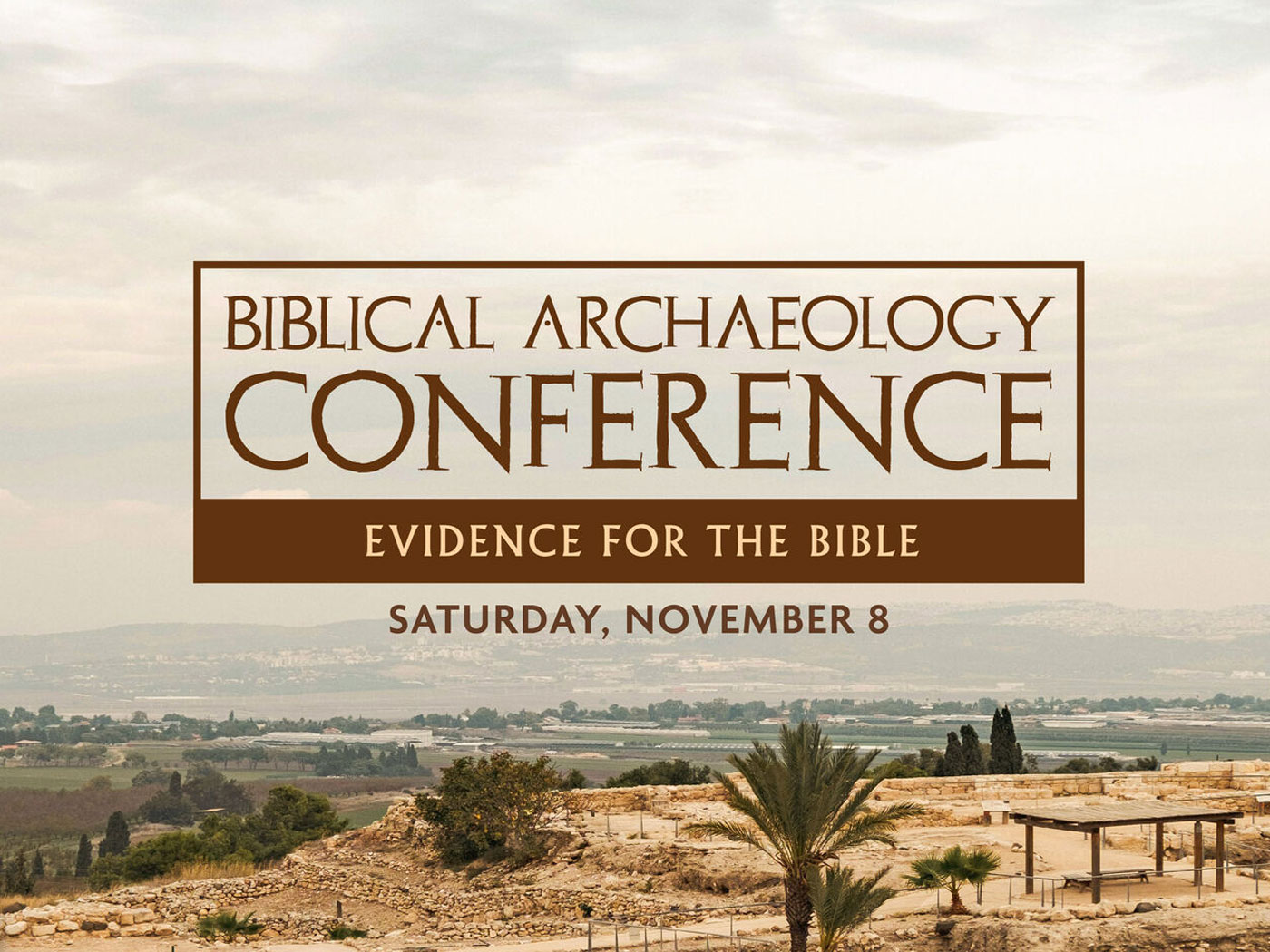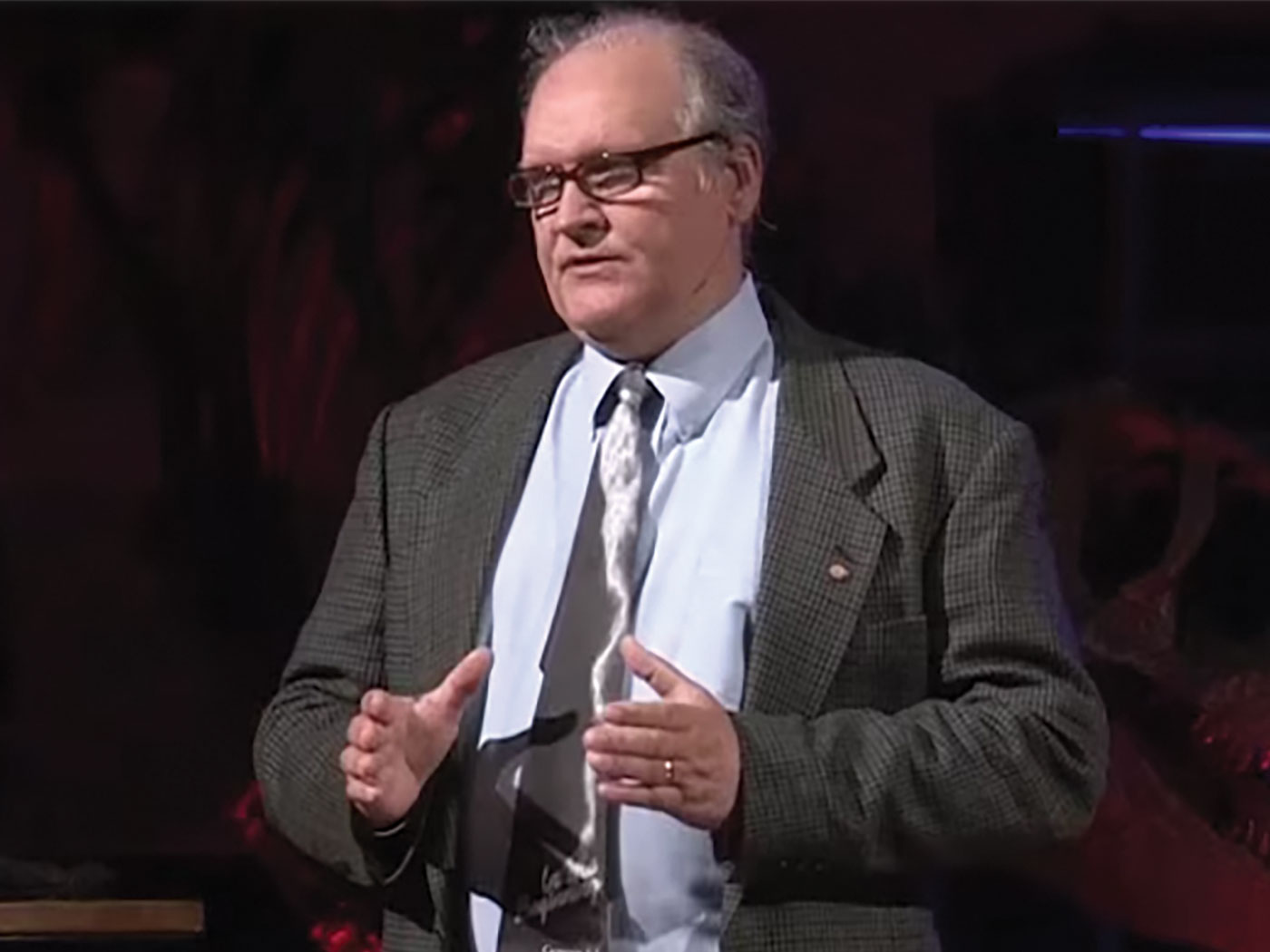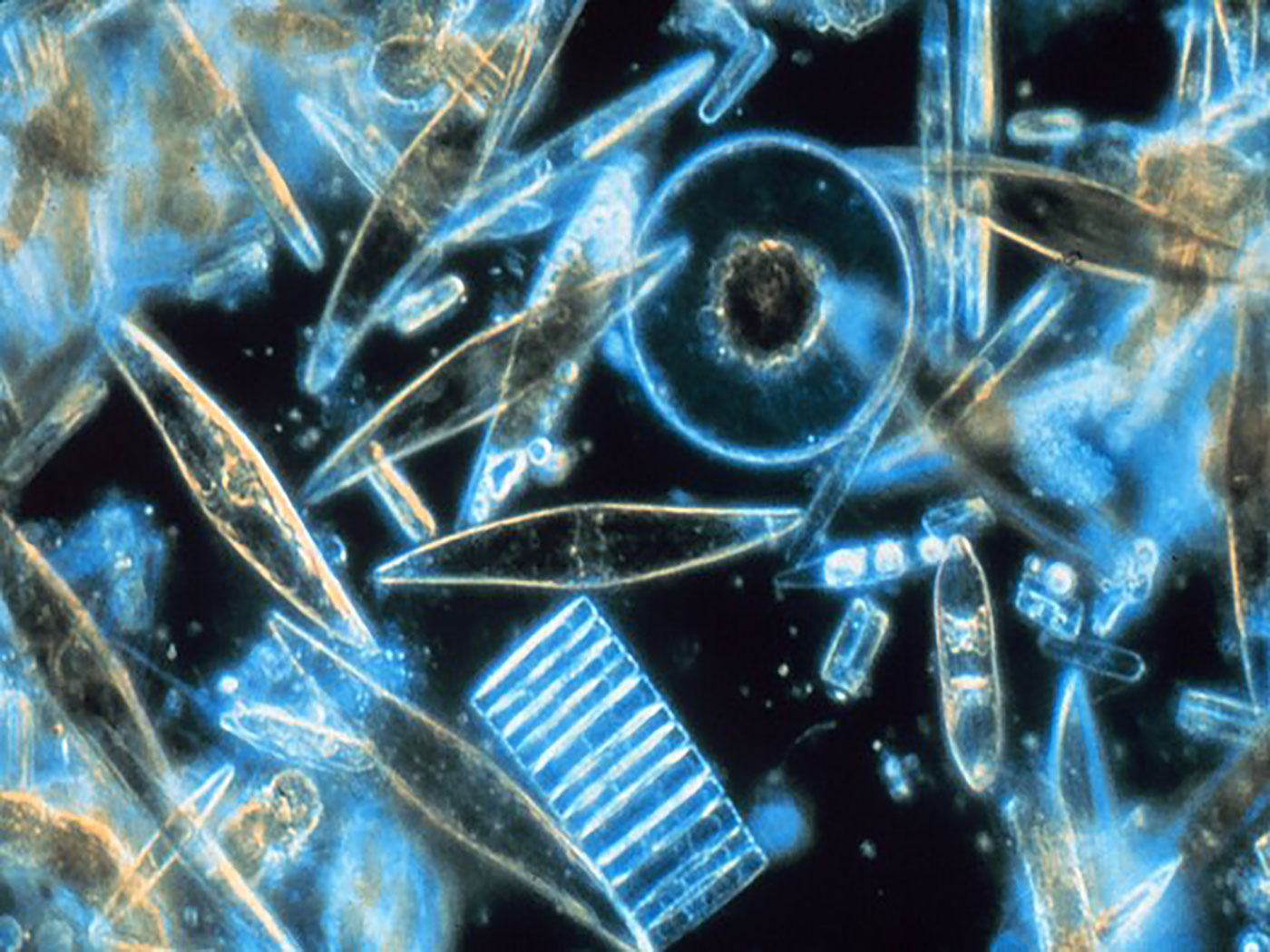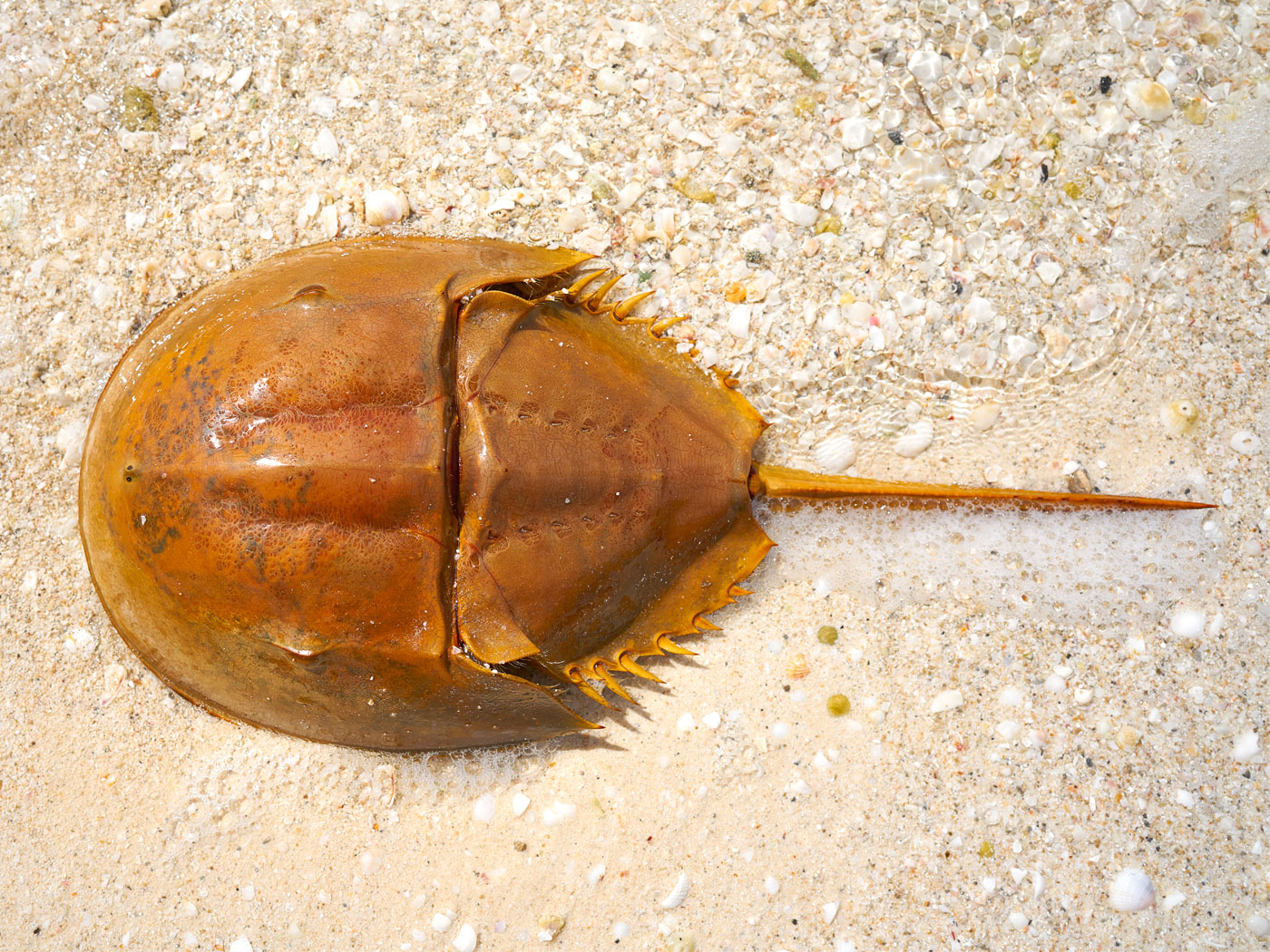To the surprise of old-earth evolutionists, these findings reveal that reef ages do not conflict with relatively young biblical chronology timeframes.
New research at the University of HawaiÊ»i at MÄnoa revealed unexpectedly high growth rates for deep water photosynthetic corals. The study published in the journal Coral Reefs, led by Samuel Kahng … alters the assumption that deep corals living on the brink of darkness grow extremely slowly.1
Actually, other overly simplistic aging assumptions have been shown so unreliable in prior years that these Hawaii researchers should not have been surprised by their youthful coral-age findings.3
But why would marine biologists continually assume that large coral reefs in mesophotic depths (so deep that sunlight is modest) must be so ancient?
In theory, the deeper the seawater, the harder it is for underwater sunlight to power photosynthesis.1,2 So, the intensity of sunlight diminishes with deeper sea-depths. Decreased sunlight means decreased microalgae photosynthesis, which means decreased food and oxygen for the symbiotic corals. Ultimately this results in decreased ability for the microalgae-dependent corals to grow. As the researchers state, “Less light dictates a general trend of slower growth among species that rely on light for photosynthesis.”1
The researchers start with the assumption that less-sunlit corals grow at very slow rates. This assumption would suggest that those slow-growing corals—if large—must be ancient.
Previous studies suggested that photosynthetic corals at the bottom of the ocean’s sunlit layer grow extremely slowly—about 0.04 inch per year for one species of Leptoseris. Until recently, there were few data on growth rates of corals at depths greater than about 225 feet given the logistical challenges of performing traditional time series growth measurements at these depths.1
So, in light of “logistical challenges” of past investigations, the age of a coral reef was estimated by indexing it to some time-measuring rate that requires less “logistical challenge” difficulties. But what age-estimating methodology has been used for dating the age of mesophotic coral ecosystems?
The “clock” chosen for the coral was radiometric dating, based on uranium-to-thorium decay.1,2 Secular scientists impose many questionable assumptions upon this decay process.3,4
When attempting to make sense of coral ages, a different team of scientists concluded that the applicable error margins became “too large to be meaningful.”4 Interestingly, that study was referenced by the Hawaiian researchers.2,4,5
Perhaps it is time to reconsider just how speculative those non-forensic age estimates are.4-6
Creation scientists have repeatedly pointed out that coral growth rates “rely on a host of changing variables” and are not reliable.3
In fact, young-earth creation scientists have, for decades, shown that coral reef formations are not a valid challenge to the chronology of the Bible. ICR Founder Dr. Henry Morris and Dr. John Whitcombe cited a study “that found 20 centimeters of coral growth in 5 years.”3
Likewise, the University of Hawaii coral researchers compared their own age-counting methodology to so-called “annual” tree ring counting, another unreliable “clock” that should raise yellow flags of caution.1 Yet, as ICR has recently reminded readers, counting tree growth rings does not prove how old a tree is. Weather fluctuations can cause trees to add more than one growth ring inside a year’s time.7
Meanwhile, coral reefs grow at (somewhat) predictable rates at present. But what can we conclude from that? Whenever there is a predictable pattern of some process—like growing coral—we can interpret that pattern two ways.
As one option, we can simplistically assume that the presently predictable pattern is what it has always been and always will be.6
Or, as a more conservative option, we can look at a presently predictable process and recognize that we cannot logically assume that this process represents what has always been happening.6 The apostle Peter taught that the second approach is the realistic way to understand the world and its history.8
Meanwhile, the world’s coral ecosystems should continually amaze us, if we have eyes to see what God is doing there.3,6
Some call coral reefs “rainforests of the sea” because even though these reefs represent less than 1% of oceanic waters, they host almost 1/4 of known marine biodiversity. Indeed, coral reefs are home to millions of different crustaceans (like crabs, shrimp), mollusks (like clams, squids, octopi), and fish (like snappers, parrot fish, clown fish, scorpion fish), as well as sponges, sea turtles, sea stars, sea horses, and more.
Even coral reef-dwelling flatworms can be admired, by some observers.
The Platyhelminthes, or flatworms, are soft, unsegmented animals and include some of the most beautiful invertebrates in the world … Snorkelers and divers delight in watching the lazy, colorful undulations of the three-inch divided flatworm (Pseudoceros) that lives in coral reefs.9
Regardless of whether you admire reef-dwelling flatworms, you can appreciate how corals demonstrate God’s caring providence, quietly displaying mutual aid between coral polyps and their photosynthesizing microalgae helpers.
Even with minimal sunlight, it’s a beautiful day in the (coral reef) neighborhood.
Stage image: A colony of Leptoseris hawaiiensis at 315 feet in the Au’au Channel Hawaii.
Stage image credit: UH HURL. Copyright © 2020. Adapted for use in accordance with federal copyright (fair use doctrine) law. Usage by ICR does not imply endorsement of copyright holders.
References
1. Staff writer. 2020. Surprising Growth Rates Discovered in Deepest Photosynthetic Corals. University of HawaiÊ»i at MÄnoa. Posted on manoa.hawaii.edu June 15, 2020, accessed June 17, 2020. Somewhat like oysters and clams, coral polyps are soft-bodied animals who live inside hard exoskeletons produced from hardened calcium carbon. Living inside a coral polyp’s body is a symbiotic zooxanthella, a tiny one-celled yellowish-brown dinoflagellate alga that photosynthetically uses available sunlight, to produce sugars and dissolved oxygen (which its host coral polyp needs to survive).
2. “The ecology of phototrophic corals in the lower photic zone remains poorly understood. Studies to date indicate that growth rates generally decrease as available light attenuates with depth and are very slow at depths > 40 m. Here, we provide detailed evidence for moderate growth for obligate zooxanthellate corals at extreme depths.” (Kahng, S.E., T. K. Watanabe, H. Hu, et al. 2020. Moderate Zooxanthellate Coral Growth Rates in the Lower Photic Zone. Coral Reefs.)
3. Thomas, B. 50-Year Study Shows Coral 'Clocks' Unreliable. Creation Science Update. Posted on ICR.org January 28, 2011, accessed June 17, 2020.
4. Clark, T. R. Clark, G. Roff, J.-x. Zhao, et al. 2014. Testing the Precision and Accuracy of the U-Th Chronometer for Dating Coral Mortality Events in the Last 100 Years. Quaternary Geochronology. 23:35-45, especially page 36.
5. Zhao, J.-x., K. Yu, Y.-x. Feng, et al. 2009. High-precision 238U—234U—230Th Disequilibrium Dating of the Recent Past: A Review. Quaternary Geochronology. 4:423-433.
6. Johnson, J. J. S. 2014. Is the Present the ‘Key’ to Our Past? Acts & Facts. 43(6): 19. It was eventually learned that deeper-anchored coral reefs could grow faster than expected due to their calcified exoskeletons being thinner and better shaped for maximizing whatever sunlight reaches the lower (mesophotic) sea-depths. “The thin plate-like colonies of Leptoseris spp., which dominate the coral community in the lower photic zone throughout the Indo-Pacific, primarily grow radially and do not appear to appreciably thicken over time. In the lower photic zone, this growth strategy maximizes surface area with minimal calcification, thereby enabling Leptoseris to expand planar area more quickly than thickly calcified species. Photosynthetic and growth efficiencies may also be facilitated by the optical geometry of their skeletons, increased access to inorganic nutrients and cooler temperatures at depth. These robust growth rates have important implications on the recovery potential of MCE [mesophotic coral ecosystem] habitat in the event of disturbance.” (Kahng, S.E., T. K. Watanabe, H. Hu, et al. 2020. Moderate Zooxanthellate Coral Growth Rates in the Lower Photic Zone. Coral Reefs.)
7. Johnson, J. J. S. Children’s Tree Book Rings of Evolutionary Agenda. Creation Science Update. Posted on ICR.org June 8, 2020, accessed June 17, 2020.
8. The uniformitarian fallacy, which in scientific circles is quite popular nowadays, was predicted almost 2,000 years ago. See 2 Peter 3:1-6.
9. Sherwin, F. 2013. God’s Amazing Invertebrates: The Missing Links Are Still Missing. Acts & Facts. 42(2):12-15. See also Psalm 104:25.
*Dr. Johnson is Associate Professor of Apologetics and Chief Academic Officer at the Institute for Creation Research.



















